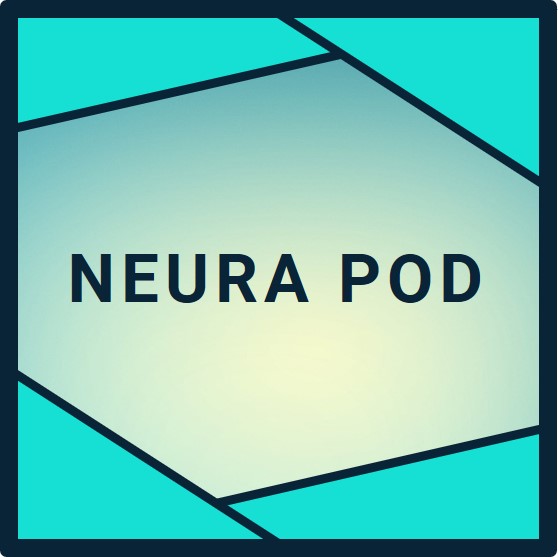- Neuralink connects to the nervous system via 64 ultra-thin polyimide threads inserted 1 millimeter deep into the cerebral cortex by the R1 surgical robot, positioning 1,024 electrodes near motor neurons.
- Each electrode detects voltage spikes from nearby neurons as they fire action potentials, converting brain signals into digital commands for computers or robotic arms.
- The bidirectional interface also stimulates neurons to provide sensory feedback, with recent human trials achieving cursor control speeds matching able-bodied users.
N1 Implant Hardware: Threads and Electrodes
The Neuralink N1 brain implant forms the foundation for its connection to the nervous system. This coin-sized device houses custom application-specific integrated circuits (ASICs) and sits flush under the scalp after surgery. Its key feature consists of 64 flexible threads extending from the implant. Each thread measures 4 to 6 microns thick, thinner than a human hair, and carries 16 electrodes, totaling 1,024 recording sites. Made from biocompatible polyimide, the threads flex with brain motion from breathing and pulse to minimize damage.
These threads target the cerebral cortex, the outer layer of the brain where motor neurons reside. Neurons in this region encode movement intentions through electrical spikes. Electrodes, coated in platinum-iridium for conductivity, sit 20 microns apart along each thread. Positioned 50 to 100 microns from neuron cell bodies, they capture extracellular voltage changes as ions flow during action potentials. This setup yields thousands of simultaneous neuron recordings, far exceeding prior brain-computer interfaces.
Elon Musk emphasizes the implant's scalability. Future versions could support up to 10,000 channels per implant, enabling finer neural control.
R1 Surgical Robot: Precision Insertion Process
Connecting the implant requires exact placement to avoid blood vessels and optimize neuron access. The R1 robot performs this in a 30-minute procedure under local anesthesia. Surgeons create a 2-inch circular craniotomy, removing a skull disk. The robot, equipped with four micron-accurate cameras and AI vision, scans the cortex surface.
It detects red blood vessels against gray brain tissue, plotting insertion paths. A needle then drives each thread 1 millimeter deep into cortical layers 2 and 3, where movement neurons cluster. The needle retracts, leaving the flexible thread in place. Post-insertion, the robot confirms positions via imaging. The implant caps the hole, and the scalp closes over it. Wireless charging powers the device externally.
In human trials, this process enabled first patient Noland Arbaugh to control a cursor hours after implantation in January 2024. Recent UK patient Paul achieved the same post-surgery in October 2025.
Neuron Signal Detection and Stimulation
Once inserted, electrodes interface directly with the nervous system. Neurons communicate via action potentials: brief 1-millisecond voltage spikes reaching 100 millivolts. Electrodes amplify these to microvolts, filtering noise from local field potentials.
ASICs digitize signals at 20 kilohertz per channel, compressing data for Bluetooth transmission to a phone or computer. Machine learning decoders map spike patterns to intentions, like cursor movement. Patients think "move right," and motor cortex neurons fire accordingly.
Bidirectional capability allows stimulation. Electrodes deliver microampere pulses to activate neurons, providing tactile feedback or vision via Blindsight. Second patient Alex uses this for robotic arm control in the CONVOY Study.
Bandwidth has progressed: Noland now exceeds 200 bits per second, rivaling manual typing.
Overcoming Challenges: Thread Stability and Safety
Early trials faced thread retraction, where brain motion pulled 85% of electrodes from Noland's implant. Neuralink fixed this via software recalibration, restoring performance without surgery. Later implants in Alex positioned shallower in low-motion regions.
A May 2025 update detailed safety. Histology shows neurons integrate around threads, with density matching undamaged cortex. Compared to rigid Utah arrays, Neuralink's flexibility reduces scarring. No infections reported in four patients as of October 2025.
Long-term, threads endure 10 billion flex cycles in tests, supporting years of use.
Path to Upgrades and Human-AI Symbiosis
Elon Musk announced on October 31, 2025, that Noland may receive the first upgrade or dual implant, doubling channels for superhuman reaction times in games. Multi-site targeting expands to sensory cortex for vision restoration.
This evolves toward symbiosis. High-bandwidth links let users query AI mentally or download skills, keeping pace with advancing intelligence. Paired with Tesla Optimus, it restores full autonomy.
TL;DR
Neuralink's N1 implant links the nervous system through 64 hair-thin threads with 1,024 electrodes inserted robotically into the motor cortex, reading neuron spikes for thought control and stimulating for feedback. Human trials since 2024 show stable performance post-retraction fixes, with patients like Noland and Paul operating devices fluidly. Elon Musk's October 2025 update hints at dual implants for gaming supremacy. This tech promises medical restoration today and cognitive enhancement tomorrow, with four implants active and trials expanding. Neuralink positions humans for an AI-integrated future.

